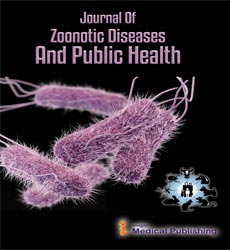Effect of the phthalates present in the particulate phase of the atmospheric aerosol of Mexico city on the immune system and the susceptibility to breast cancer
Abstract
Breast cancer is one of the most common malignancies and the second leading cause of death in women. Despite efforts for its early detection, its worldwide incidence continues to increase (DeSantis et al., 2019). Thus, identification of risk factors for its development and new targets for its therapy are of vital importance. Different environmental pollutants, known as EDC, have hormonal effects that cn affect human health and disrupt endocrine functions; these EDCs derived from human activity have been associated with predisposition to the development of cancer. (Diamanti-Kandarakis et al., 2009). Di-isobutyl-phthalate (DIBP) and Bis-(2-ethylhexyl)-phthalate (DEHP) are able to bind to estrogen receptors (ER) located in the nucleus (ERα) and in the membrane (ERβ). The FDA has estimated that the adult population in the US could be exposed to 0.185 µg / kg body weight / day, while the child population to 2.42 µg / kg body weight / day. Despite there are no studies in the Latin American population, including the Mexican, previous studies in Mexico have shown that these types of compounds are present in particles smaller than 2.5 µm in the northeast area of Mexico City, mainly in February, where a DEHP concentration was observed between 9 to 75 ng / m3 (Valtierra-Medina, et al., 2010). According to the 2013 Global Burden of Disease study, air pollution by particles and ozone is the main environmental risk factor for mortality in Mexico City. Even more, the International Agency for Research on Cancer of the WHO classified the air pollution as a human carcinogen (IARC, 2013).
Open Access Journals
- Aquaculture & Veterinary Science
- Chemistry & Chemical Sciences
- Clinical Sciences
- Engineering
- General Science
- Genetics & Molecular Biology
- Health Care & Nursing
- Immunology & Microbiology
- Materials Science
- Mathematics & Physics
- Medical Sciences
- Neurology & Psychiatry
- Oncology & Cancer Science
- Pharmaceutical Sciences
